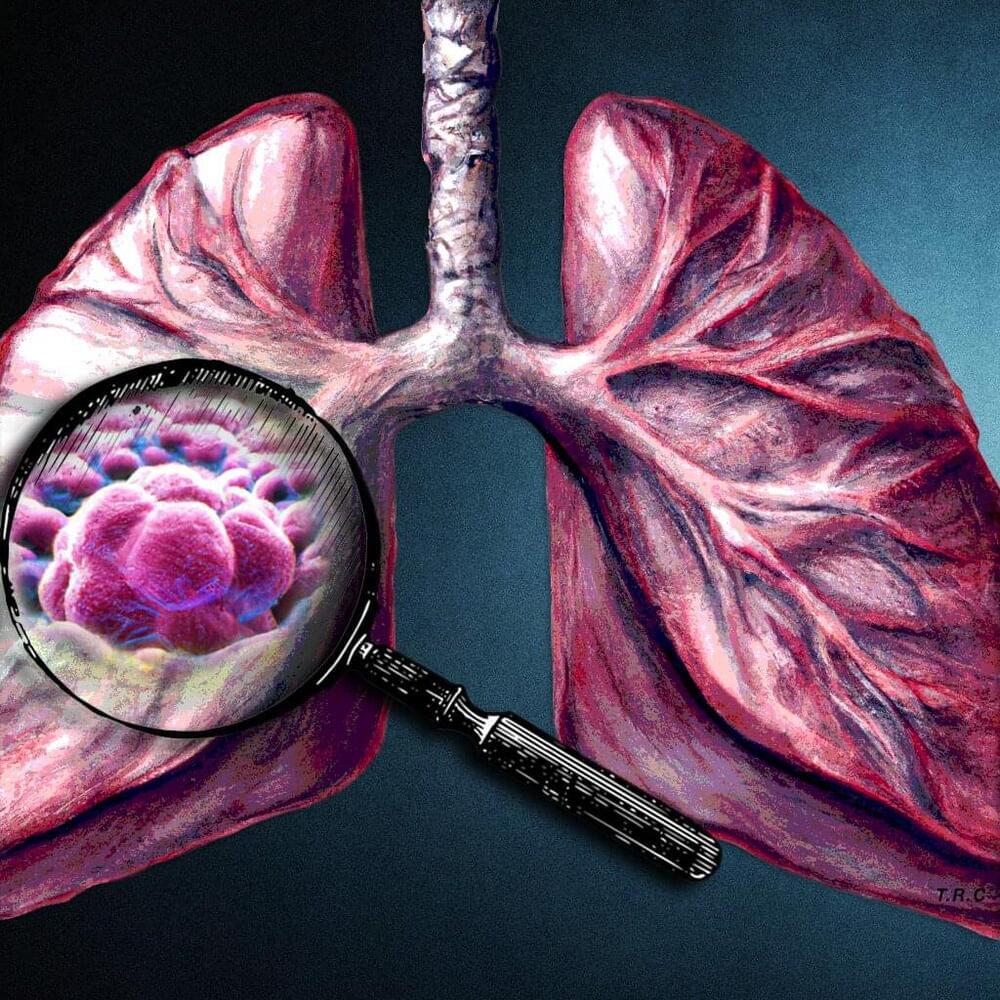Scientists at the Garvan Institute of Medical Research have identified molecular profiles of the surrounding matrix of a common type of lung cancer that might indicate which patients are likely to develop aggressive tumors.
Squamous cell carcinoma is the second most prevalent type of lung cancer. Yet treatment options for these patients remain limited and have remained largely unchanged over decades. High rates of recurrence and chemotherapy resistance mean that less than one in five patients will survive more than five years after their diagnosis.
In addition to studying cancer cells, Garvan researchers have been turning their attention to the environment that surrounds these cancer cells in the tumor. A major component of this environment is the extracellular matrix, a 3D meshwork of around 300 core molecules. This matrix is present in all tissues in the body, where it normally provides structural and functional support to hold cells together. But in cancers, this matrix is fundamentally altered and these changes can promote tumor growth.










Comments are closed.